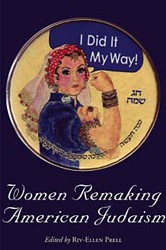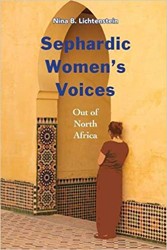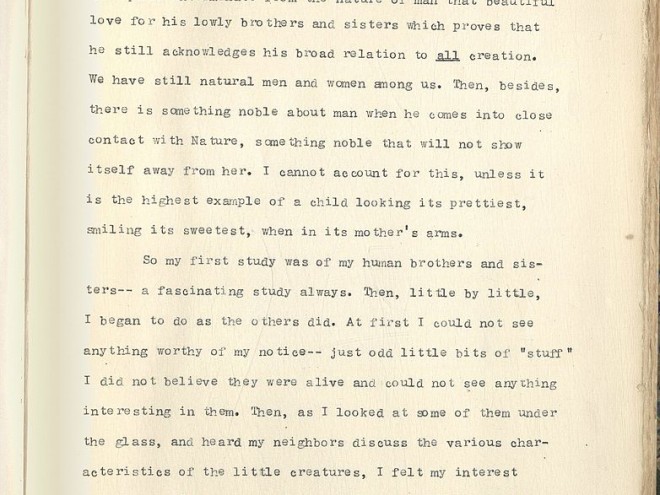It is hard to imagine an experienced historian, old-school or avant-garde, willing to write a 400-year history of any group in any country in just 270 pages — much less of Jewish women in America. But, Pamela Nadell has given it her best. With ample endnotes and a solid grasp of the arc of both American and Jewish history, she has produced an accessible, yet scholarly account of our history.
Nadell approached her project by breaking it down into five chapters, each about a mix of social groups and time periods. The colonial “Jewesses” are followed by nineteenth century domestic mothers, turn of the century immigrants, mid-twentieth century semi-assimilationists, and then finally, our contemporaries. Nadell sketches the history with a broad brush, peppering it with anecdotes of individual women. Although the same person’s stories are sometimes used too often, this approach serves to enliven the narrative.
Within the first four chapters, she explores how ritually observant (keeping kosher, praying, having children, obeying authority, doing good deeds) each cohort of Jewish women has been. Nadell highlights parallels with gentile trends, although for her, “gentiles” usually means white Christians. She points out, for example, that when Christian women were into the “cult of domesticity,” so were Jewish women, even if their styles were slightly different. While she notes some key exceptions, the basic message is clear: Jewish women have had a marvelous history, and it was not so different from that of Christians.
In these chapters, however, Nadell focuses on a limited demographic. She dwells more on the women who are exemplary, such as Jewish female leaders, especially the clubwomen and the reformers. However, she often overlooks the women on the receiving end of their charitable interventions, as well as all but the most colorful of our wayward women. Most of the figures she mentions are also heterosexual. Nadell discusses Jewish women who didn’t marry, but implies that they simply preferred to have careers rather than raise families. If she mentions sex, it’s in the context of campaigns for birth control. Moreover, few of these Jewish women seemed to have important relationships, either personal or institutional, with non-Jews or people of color.
But in the final chapter, Nadell broadens her scope considerably. We are introduced to feminists, lesbians, intermarrying women, women of color, Zionist activists, women who discover they are Jewish late in life, and men who discover they are women. Suddenly, we become a diverse crowd under a big tent. This last chapter is so lively that perhaps people should start here, and then work their way back to our prim ancestors who would rend their garments if a daughter even threatened to marry a gentile.
In any event, the rarity of histories like this — short enough for the lay reader to appreciate and comprehensive enough for a more scholarly audience — makes this work important.
Bettina Berch, author of the recent biography, From Hester Street to Hollywood: The Life and Work of Anzia Yezierska, teaches part-time at the Borough of Manhattan Community College.





